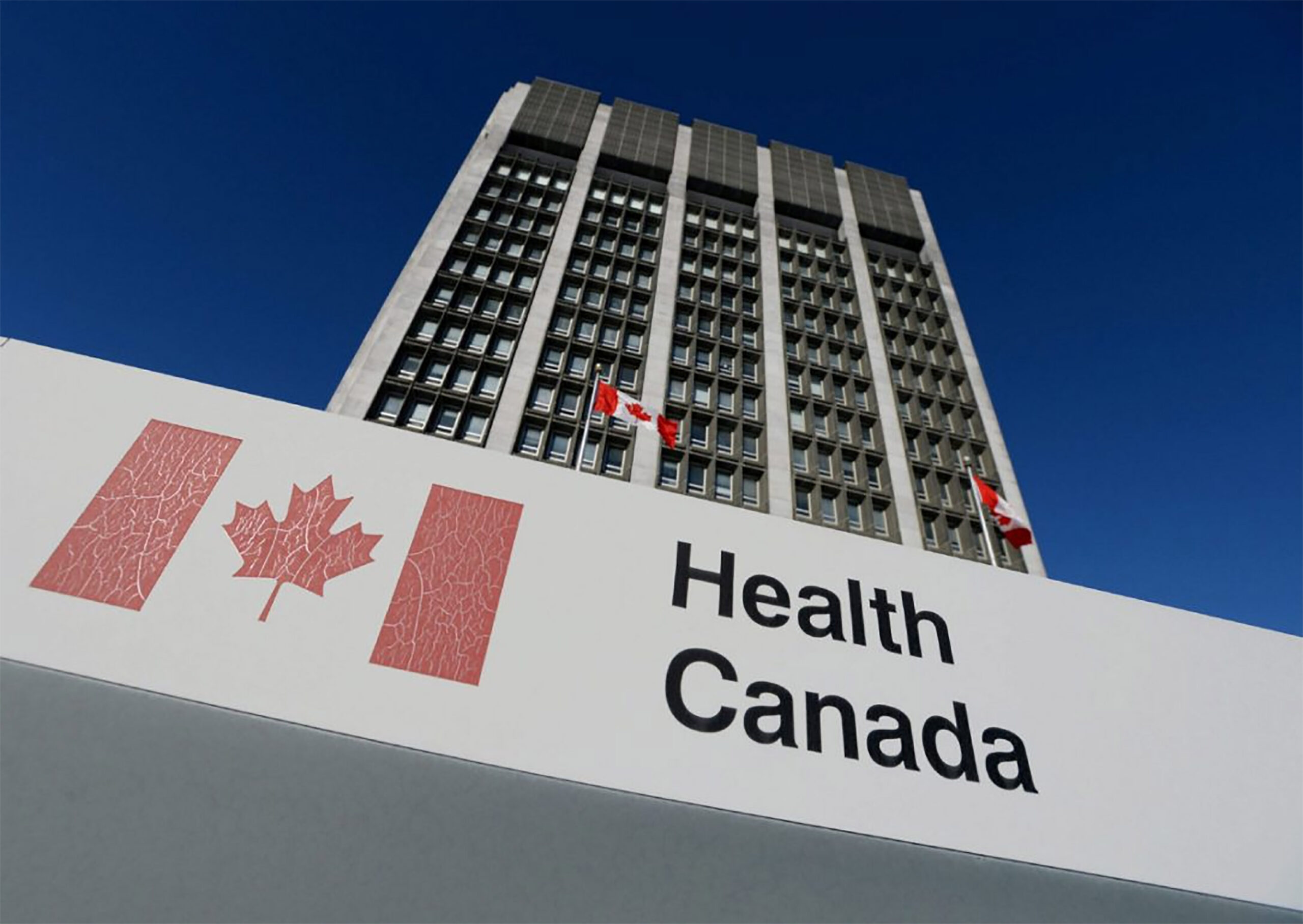On April 29th, ASBM submitted comments to Health Canada as part of a stakeholder consultation on its draft Handbook for healthcare professionals on biosimilar biologic drugs. One key area of focus for ASBM’s comments was mixed messaging surrounding biosimilar equivalence and switching, including language which implies, inaccurately, that Canada’s policies were consistent with those of regulators in the U.S. and Europe. From the comments:
In fact, many of the automatic- and forced-substitution policies increasingly being implemented in Canada stand in stark contrast to the substitution practices in Europe and the United States.
In nearly every European county, for example, automatic substitution of biologic medicines at the pharmacy level is banned. Forced substitution is also extremely rare, and in nearly every country, physicians are free to choose between multiple reimbursed products. …A 2017 survey of 403 Canadian physicians, all of whom prescribe biologics, revealed that 64% are not comfortable with a third-party switching a patient to a biosimilar for non-medical (i.e. cost) reasons.
In the United States, automatic substitution is permitted only for biosimilars which have provided additional data to FDA demonstrating no loss of efficacy or additional risks following repeated switching between the biosimilar and reference product…82% of the 403 Canadian physicians surveyed believe such studies should be conducted that measure the effects of switching on patient safety and product efficacy, prior to automatic substitution being permitted.
We suggest softening or clarifying language in the Handbook that implies interchangeability of reference products, emphasizing the importance of prescriber responsibility for determining the choice of a biologic for their particular patient, and acknowledging more accurately the regulations in other countries, particularly the EU and USA.
ASBM’ s comments also touch on pharmacovigilance concerns related to Canada’s lack of distinct non-proprietary names for biologic medicines:
The handbook text correctly and appropriately emphasizes the importance of pharmacovigilance programs and clear product identification when dealing with multiple similar biologic products all sharing a non-proprietary name…[yet] the 2017 Canadian physician survey revealed that brand name is not consistently used in reporting and the DIN number is not widely used by clinicians:
- Prescribers record only the non-proprietary name 20% of the time when prescribing, which lead to incomplete patient records and the potential for inadvertent or inappropriate substitution.
- In adverse event reporting, 26% of physicians record only the non-proprietary name.
We suggest Health Canada make reference to the importance of distinguishable non-proprietary names and the current problems of relying solely on brand names and the DIN for documentation in medical records and adverse drug event reports.
Read ASBM’s comment letter here in full.
